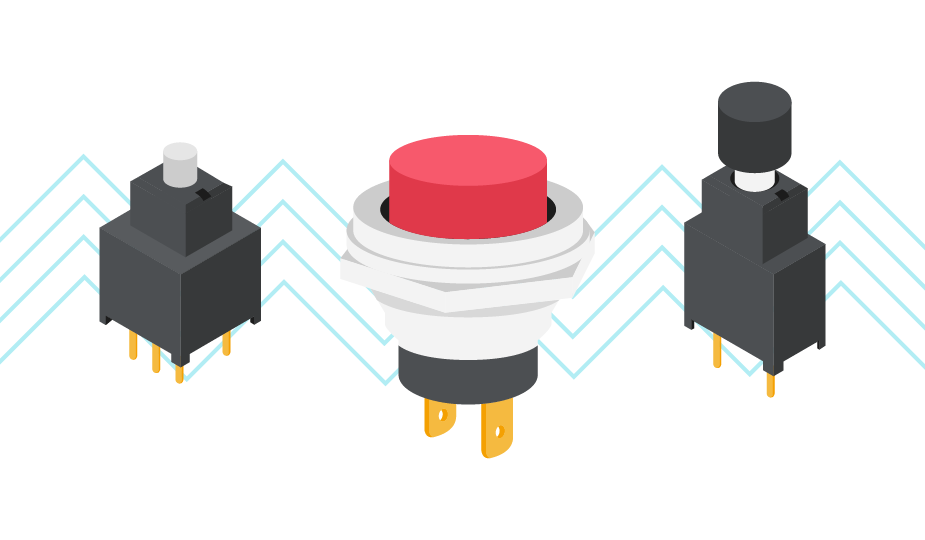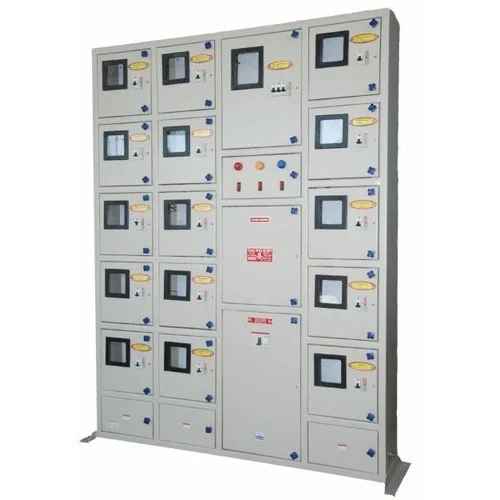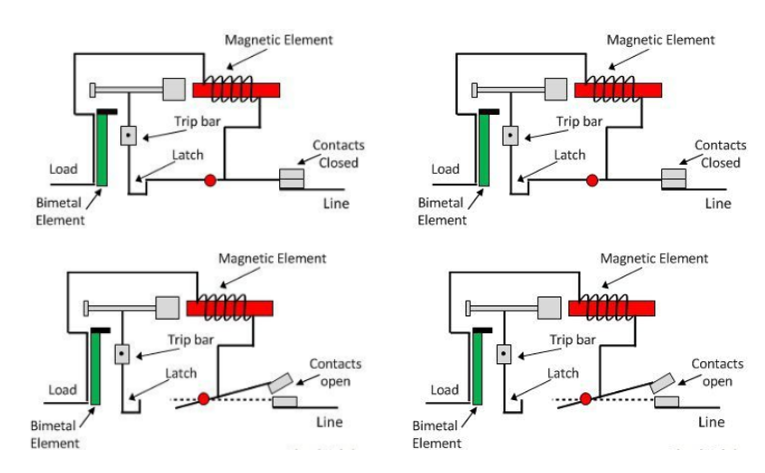As for encoder applications, an Encoder is a sensor used to convert information such as the position, movement, or rotation of an object into electrical signals. They play a key role in automation systems, mechanical equipment, and other engineering applications. Encoders help control systems achieve precise motion control by providing accurate position feedback. This article will introduce the encoder applications from the application of rotary encoder, application of incremental encoder, and absolute encoder applications.
An encoder is a device that measures and transmits position information, usually by generating pulse signals or analog signals so that the system can understand the position or motion status of an object in real-time. Depending on their application and working principle, encoders can be divided into different types, including optical, magnetic, rotary, and linear.
1. Rotary encoder application
As a key position sensor, rotary encoders play a key role in multiple industries by converting rotational motion into electrical signals. The following is a detailed application introduction of rotary encoders in various industries:
1. Packaging industry: The rotational motion of packaging machinery requires precise control to ensure accurate positioning and movement of packaging materials. The high-precision position feedback of the rotary encoder improves the production efficiency of the packaging machine and ensures accurate positioning and packaging of products during the packaging process.

2. Food and Beverage Industry: Production lines in the food and beverage industry require fast and precise motion control. Rotary encoders are used to monitor and control the movement of transport systems, filling units, and packaging equipment to ensure accurate packaging of food and beverages and efficient operation of production processes.

3. Printing industry: The rotary motion of the printing press requires precise control to ensure printing quality and accurate paper feeding. Rotary encoders are used in such equipment to provide high-precision position feedback, which is critical to the stability and consistency of print jobs.
4. Textile industry: Mechanical equipment in textile production requires precise motion control to produce high-quality textiles and ensure production efficiency. Rotary encoders are used to monitor the rotation speed and position of textile machines to achieve precise control of the textile process.
5. Mobile vehicles: In the field of mobile vehicles, such as automobiles and industrial vehicles, rotary encoders are used to monitor the rotation of the engine and the rotation of the wheels, providing important driving data, which is crucial for vehicle navigation, positioning, and power control.
6. Aerospace industry: The demand for rotary encoders in the aerospace industry is mainly because its high-precision position feedback is crucial to the stability and safety of aircraft. Rotary encoders play a key role in aircraft and spacecraft navigation, flight control, and engine control systems.

7. Material handling: In material handling systems, rotary encoders are used to control the rotational motion of conveyor belts, elevators, and other material handling equipment to ensure precise positioning and efficient processing of materials.
8. Robotics: In robotics, rotary encoders are used to monitor the rotational motion of joints and end effectors, providing high-precision motion control, and making them more flexible and intelligent in various applications.
9. Lift Industry: In the lift or elevator industry, rotary encoders are used to monitor and control the lifting movement of the elevator to ensure safe and smooth operation.

Overall, rotary encoders play an important role in various industries, be it packaging, food & beverage, printing, textiles, mobile vehicles, aerospace, material handling, robotics, lifts or automation, they offer It provides precise position feedback and control information, helping to improve production efficiency and product quality.
2. Absolute encoder applications
The absolute encoder is a key position sensor that plays an important role in the field of high accuracy and precision. They provide precise position feedback to a variety of industries, especially in robotics, cranes and slings, stamping machinery, and industrial automation.
1. Robotics
In the field of robotics, high accuracy requirements for position information are crucial. Absolute encoders enable high-precision motion control in robots by providing the exact position of each joint and end effector. This is of critical significance for applications that require complex operations and precise positioning, such as precision assembly and medical-surgical robots.

medical surgical robots.
2. Cranes and slings:
In crane and sling systems, absolute encoders provide real-time monitoring of load position and suspension equipment status. This is very important to ensure the safety and stability of lifting operations. High-precision position feedback helps prevent accidents and ensures accurate lifting and positioning of objects.
3. Stamping machinery:
In stamping machinery, absolute encoders are used to monitor and control the exact position of stamping tools. This is essential for achieving high-precision and repeatable stamping operations during metal processing. By ensuring the precise positioning of tools, high-quality production of products can be achieved.

4. Industrial automation:
In the field of industrial automation, absolute encoders are widely used in various automation systems, such as production lines and assembly machinery. They provide these systems with accurate position feedback, enabling highly precise motion control. In production processes that require high precision and repeatability, absolute encoders play an indispensable role.
3. Incremental encoder applications
Incremental encoders are critical components in various industries, playing a vital role in calculating the speed of mechanical systems for monitoring or providing feedback for motion control. Their diverse applications cover automation, machine tools, printing, packaging, and other industries, significantly improving the accuracy of motion control systems.
1. Monitor mechanical systems:

Incremental encoders are widely used to calculate the speed of mechanical systems. This monitoring capability is critical to ensuring the optimal performance of mechanical equipment and detecting any deviations from desired speed parameters. By providing real-time feedback on the rotational speed of a rotating shaft, these encoders help maintain the integrity of mechanical systems.
2. Calculate angular position:
One of the main applications of incremental encoders is the calculation of angular position in various industries. Whether in automated processes, machine tools, printing, packaging or precision instruments, incremental encoders play a key role in determining the exact angular position of rotating parts. This information is critical for precise control and coordination of various mechanical operations.
3. Applications based on motor drive:

Motor speed control:
In motor drive-based applications, incremental encoders are widely used to monitor and control the rotational speed of motors. By providing immediate feedback on the actual position of the motor rotor, the encoder enables the system to adjust the motor’s speed to ensure it is consistent with the desired speed. This is critical for applications requiring high-precision motor speed control, such as precision machining or assembly operations on production lines.
Motor position control:
In addition to speed control, incremental encoders are also used to achieve precise positioning of motors. By monitoring the angle of the motor rotor, the encoder provides critical position feedback. This information is important for applications that require precise placement of motors into specific locations, such as robotic arms or positioning systems in automation systems that require precise operation.
Incremental encoders play an integral role in motor drive-based applications, providing critical motion control and feedback functions to the system. Its high precision, real-time performance, and reliability make it a key component for achieving precision motor control and is suitable for various industrial and automation scenarios.






